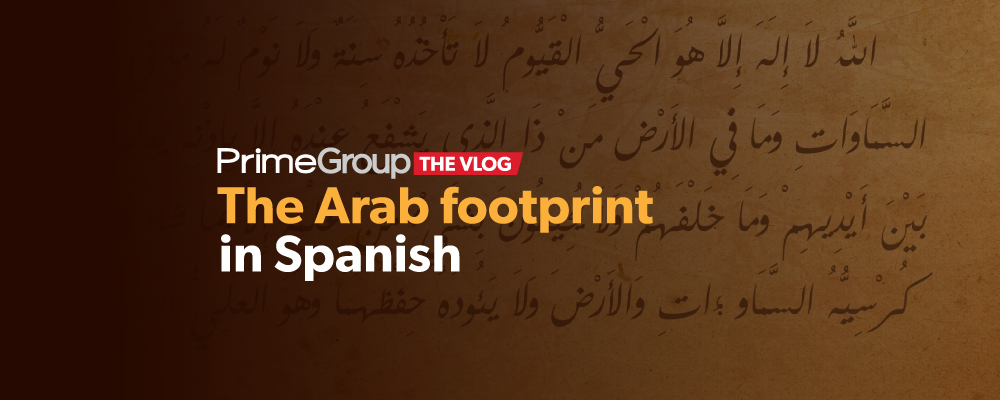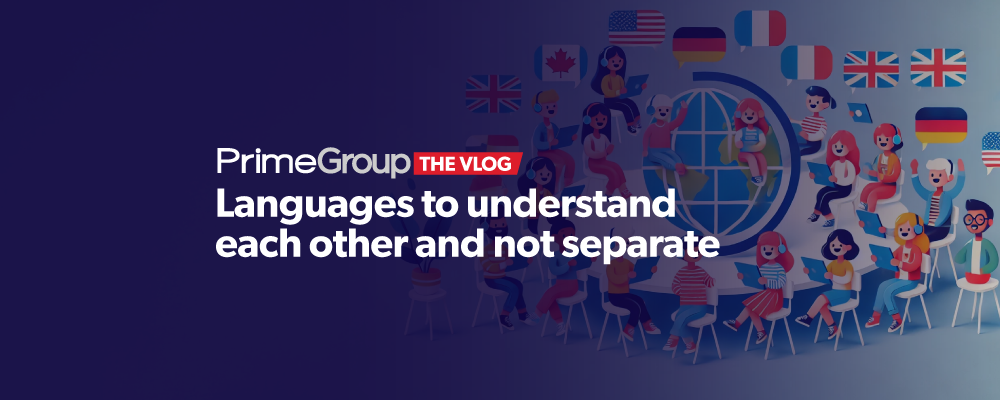Let’s delve into the fascinating world of Chinese languages. This country is not only vast in territory, history, and culture, but also in linguistic diversity. Today we’ll talk about the differences between Mandarin, Cantonese, and other major varieties.
China’s Linguistic Wealth
China is home to an incredible diversity of languages. According to Ethnologue, there are around 300 languages spoken in the country. These languages belong to several language families, the most important of which are the Sino-Tibetan family, which includes Chinese, and the Altaic family, among others.
Within the Sino-Tibetan family, we find the Tibeto-Burman languages and the Sino-Tibetan languages. The Chinese group includes several dialects that, although they share a common root, can be mutually unintelligible. This is where Mandarin, Cantonese, and other major varieties come into play.
Mandarin: The Main Language
Mandarin, or “putonghua” as it is known in China, is the country’s official language and the mother tongue of approximately 70% of the Chinese population. More than 1 billion people speak it, more than twice as many as English. In fact, Mandarin is the language with the largest number of speakers in the world and one of the six official languages of the United Nations. Its standard pronunciation is based on the Beijing dialect, and it is the language of instruction in schools and the media throughout the country.
Mandarin is characterized by its tonal system, with four main tones that can change the meaning of a word. For example, “mā” (mother) with a high tone, “má” (hemp) with a rising tone, “mǎ” (horse) with a falling-rising tone, and “mà” (scold) with a falling tone.
Cantonese: The Language of the South
Cantonese, known as “yueyu,” is spoken primarily in Guangdong Province, Hong Kong, and Macau. Although it has fewer speakers than Mandarin, it is a vital and culturally rich language, especially in the realms of business and entertainment.
One of the main differences between Mandarin and Cantonese is the number of tones. While Mandarin has four, Cantonese has between six and nine tones, depending on the linguistic analysis. This makes Cantonese more tonally complex and can be difficult for Mandarin speakers.
Cantonese also retains more elements of Classical Chinese in its vocabulary and grammar compared to Mandarin. In addition, it has its own set of additional characters, called “traditional characters,” which are used in Hong Kong and Taiwan, as opposed to the “simplified characters” used in mainland China.
In addition to Mandarin and Cantonese, there are several other varieties of Chinese that deserve attention. Some of the most important ones are:
Shanghainese (Wu)
Shanghainese is part of the Wu dialect group, spoken mainly in and around the Shanghai region. This dialect is distinguished by its different tonal system and pronunciation which can sound very different from Mandarin to non-speakers.
Min Nan (Hokkien-Taiwanese)
Min Nan, also known as Hokkien or Taiwanese, is spoken in Fujian province, as well as in Taiwan and in Chinese communities in Southeast Asia. This dialect has a rich literary and cultural history, with a large number of speakers in Taiwan where it is actively taught and promoted.
Hakka
Hakka is spoken by the Hakka people, a Han ethnic group living mainly in southern China, as well as in Taiwan and Chinese diaspora communities around the world. Hakka has its own distinct cultural and linguistic identity, with a tonal system and vocabulary of its own.
Differences and Similarities
Despite the differences between these varieties of Chinese, they share some common traits. They all use Chinese characters for writing, although there are regional variations in the use of traditional and simplified characters. In addition, basic grammatical structures tend to be similar, making it easy to understand each other in written terms, although oral communication can be challenging due to phonetic and tonal differences.
The Importance of Cultural Context
It is crucial to understand that linguistic diversity in China is closely linked to the culture and history of the regions where these languages are spoken. For example, Cantonese is not only a means of communication in Guangdong and Hong Kong, but also an integral part of the cultural identity of these regions. Cantonese songs, Hong Kong films, and Cantonese cuisine have significantly influenced Chinese and global culture.
Translation from Chinese to Spanish
Despite China’s cultural and linguistic richness, it is surprising to see how little is translated from Chinese to Spanish. According to UNESCO data, barely 1% of literary translations in Spain and Latin America come from Chinese. This implies a limited transfer of knowledge and culture from China to the Spanish-speaking world. Many aspects of Chinese culture, philosophy, literature, and science are still little known in Spanish-speaking countries. This highlights the need to increase translation efforts to enrich our mutual understanding and appreciation.
China’s linguistic richness is a reflection of its vast and diverse cultural heritage. From the ubiquitous Mandarin to the melodic Cantonese and numerous regional varieties, each language offers a unique window into the country’s history and culture.
I hope you enjoyed this tour of China’s languages.


